James Bond's London: Where to see 007's haunts around the British capital
Carla Passino treads in the footsteps of James Bond and his creator, author Ian Fleming.
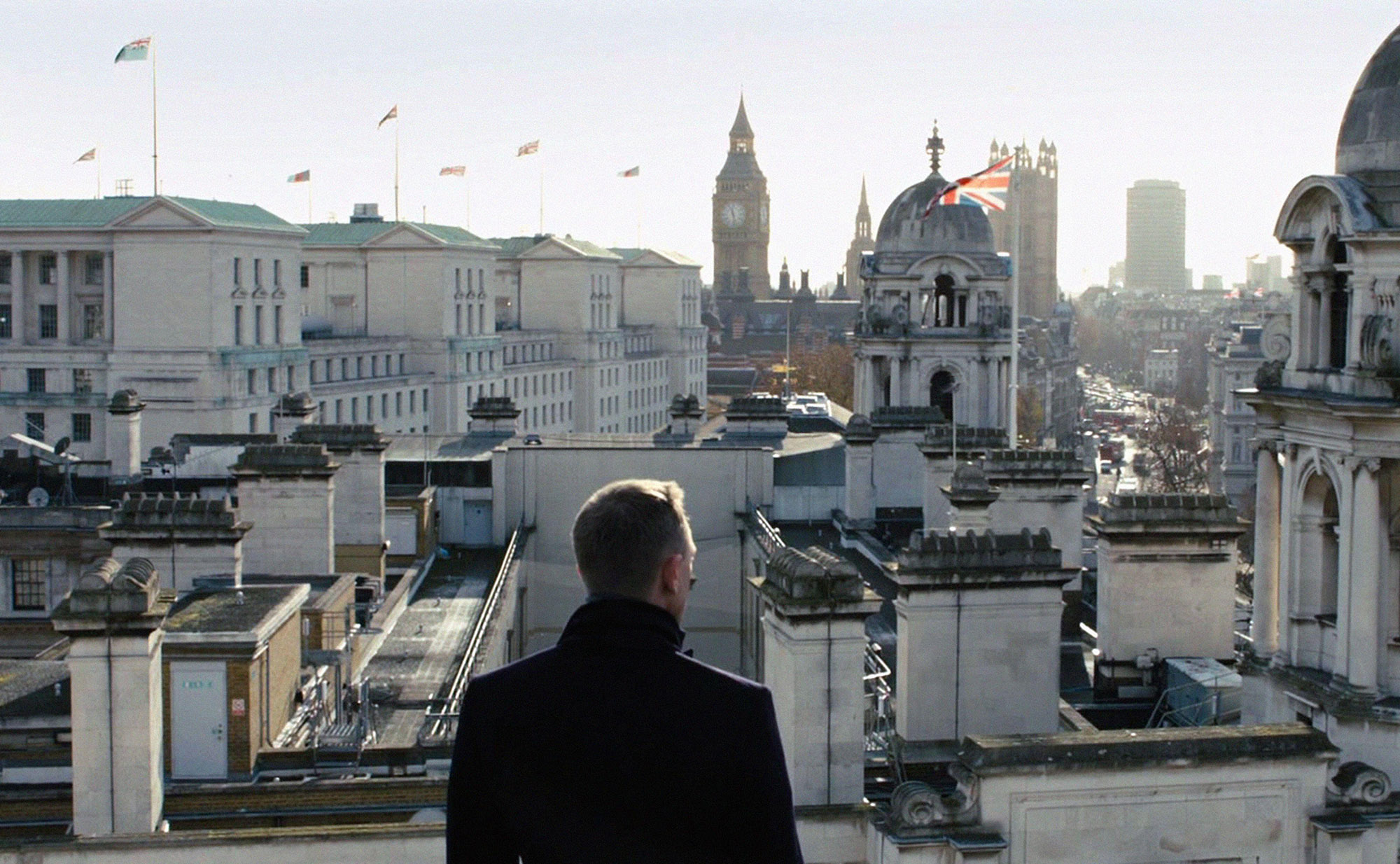

With three recycled-plastic ships floating in mid air above gush ing fountains and a Ukrainian flag flying defiantly above the South Wing, Somerset House hardly recalls St Petersburg, but the London landmark played the role brilliantly in GoldenEye. Filmed on a steely day in April, the scene has Pierce Brosnan’s James Bond driven by CIA operative Jack Wade in a crumbling car that breaks down in the middle of ‘Central Square’, against the backdrop of a fake Lenin bust, only to be fixed with a good hammering. Location consistency has never bothered 007 filmmakers, so, two years later, in a much swankier motor — his customary Aston Martin DB5 — Bond, still played by Mr Brosnan, passes through Somerset House’s North Wing arch to meet Judi Dench’s M in Tomorrow Never Dies.
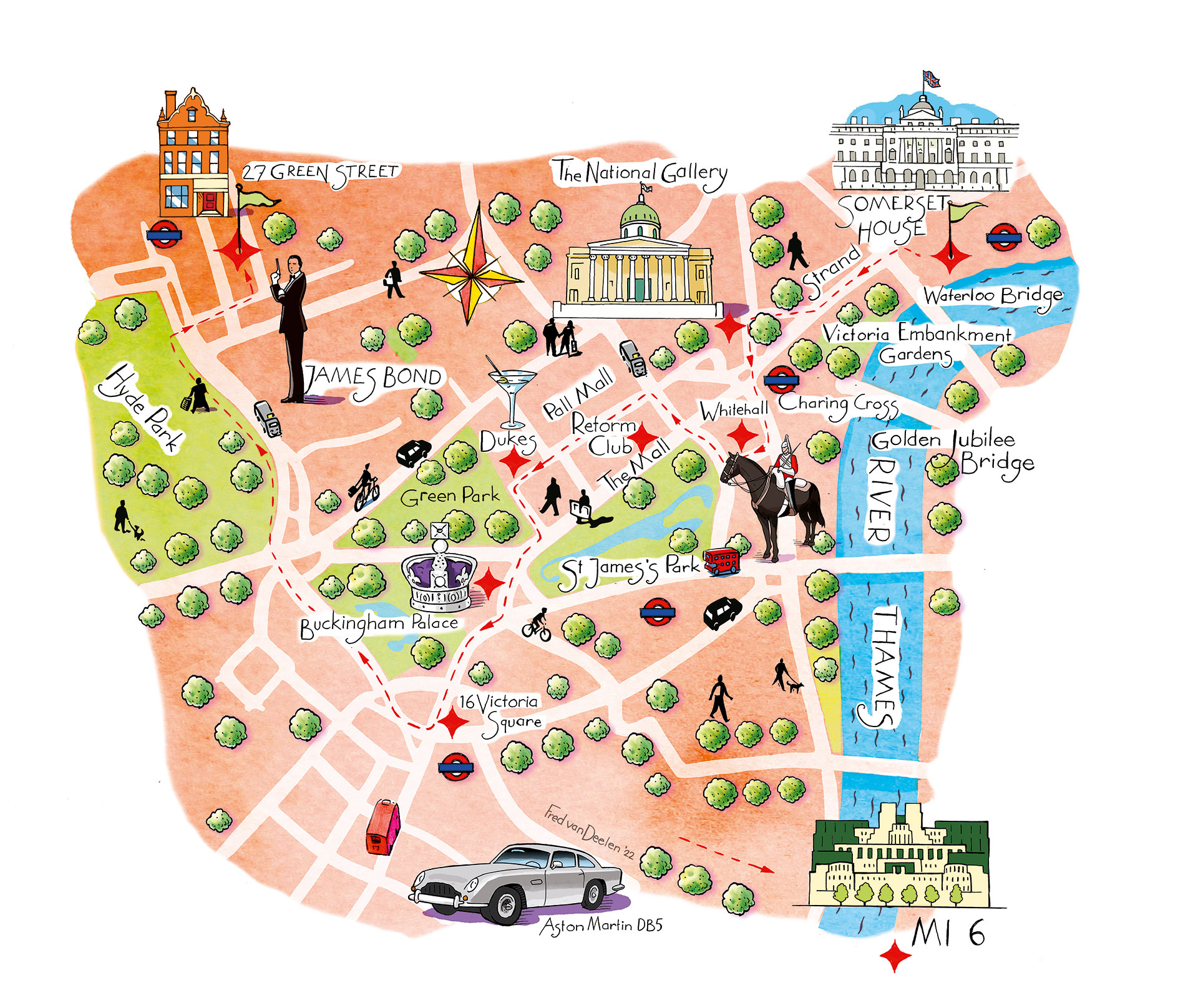
Conveniently sandwiched between Rules — where Ralph Fiennes’s M sits opposite a haunting nautical painting in Spectre — and the Savoy Grill, one of Ian Fleming’s favourite restaurants, Somerset House is the perfect starting point to explore 007’s London. From there, a walk along the Victoria Embankment Gardens, where flowers grow on land reclaimed by the genius of Joseph Bazalgette, the civil engineer who gave London its underground sewers, reaches the gateway to prime James Bond country — Embankment Place. It is here that turncoat agent Silva emerges in Skyfall, after being pursued by Bond across a packed District Line train, down two escalators and up a ventilator shaft.
Although the Tube scene nominally takes place between Temple and Embankment, the entire sequence was filmed on a disused Jubilee platform at Charing Cross. ‘The platform is straight for most of it and then it curves at the end,’ says Antony Richards of Detective Tours, which runs bespoke film and television tours. ‘You can have a train leaving on the curved part, [then] you go to the other end and you see a train arriving on the straight part — it looks like a different station.’ However, he adds, when Bond is running along the carriages at what’s supposed to be Temple, eagle eyes can spot a picture of Nelson’s column in the background.
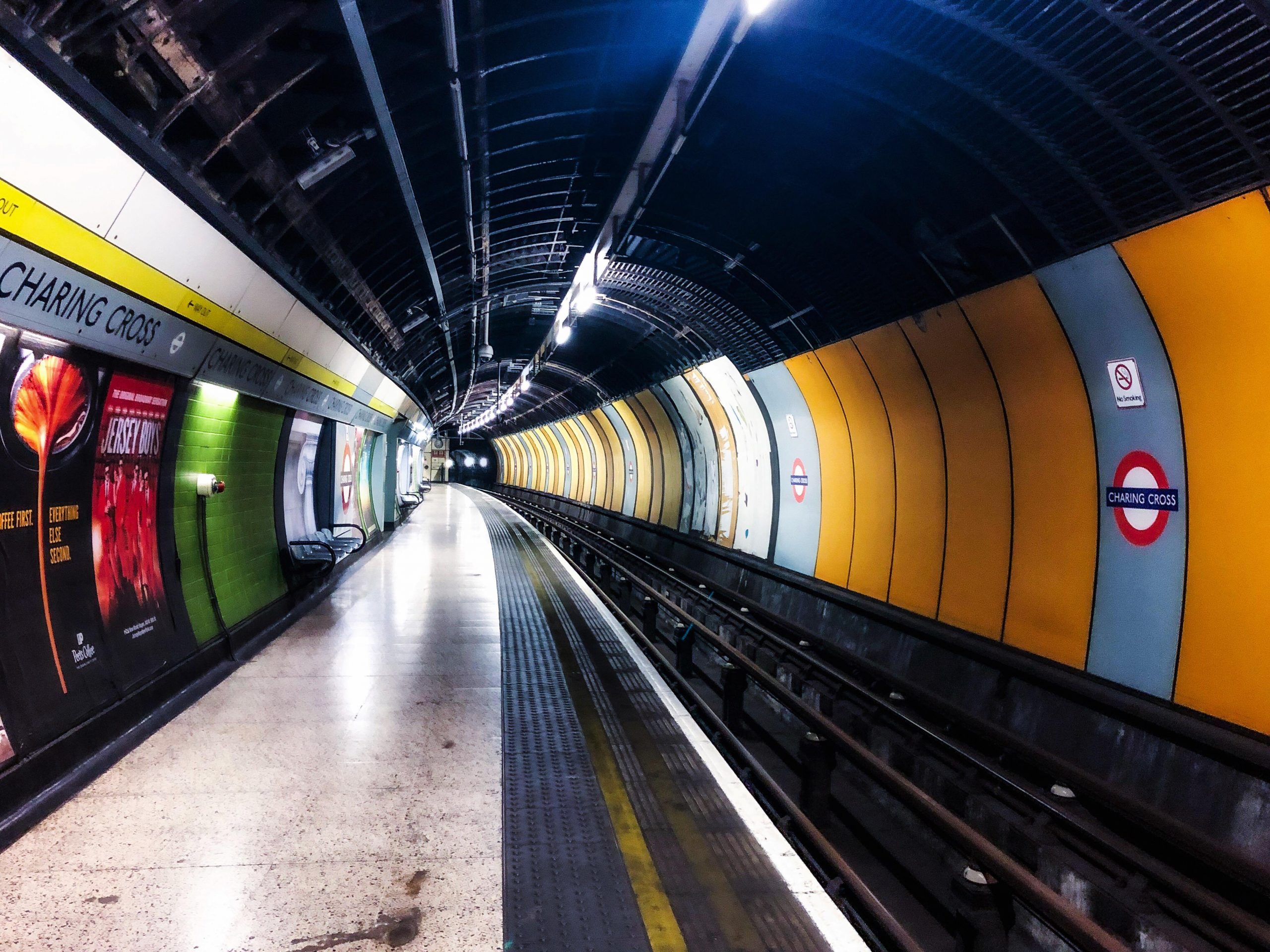
Even the vent from which Silva exits has nothing to do with the Embankment station: it’s the stair leading to the National Liberal Club’s basement — rather an ignominious role for a building that has played host to no fewer than seven Prime Ministers (from founder Gladstone to Churchill) and some of Britain’s greatest minds, such as George Bernard Shaw, Jerome K. Jerome and H. G. Wells.
The venerable club also had a villain of its very own, albeit one bent on lining his pockets rather than destroying the world. Liberal MP and developer Jabez Balfour set up a building society that syphoned investors’ money and lent it to companies that bought properties from Balfour himself. Before his downfall, however, he built an elegant block of flats next door to the club, Whitehall Court, which not only briefly appears in No Time to Die, but also housed, in the early 20th century, the headquarters of the Secret Intelligence Service (SIS). Its first chief, former naval officer Sir Mansfield Smith-Cumming, who signed his name as C, became one of the inspirations for Fleming’s M.
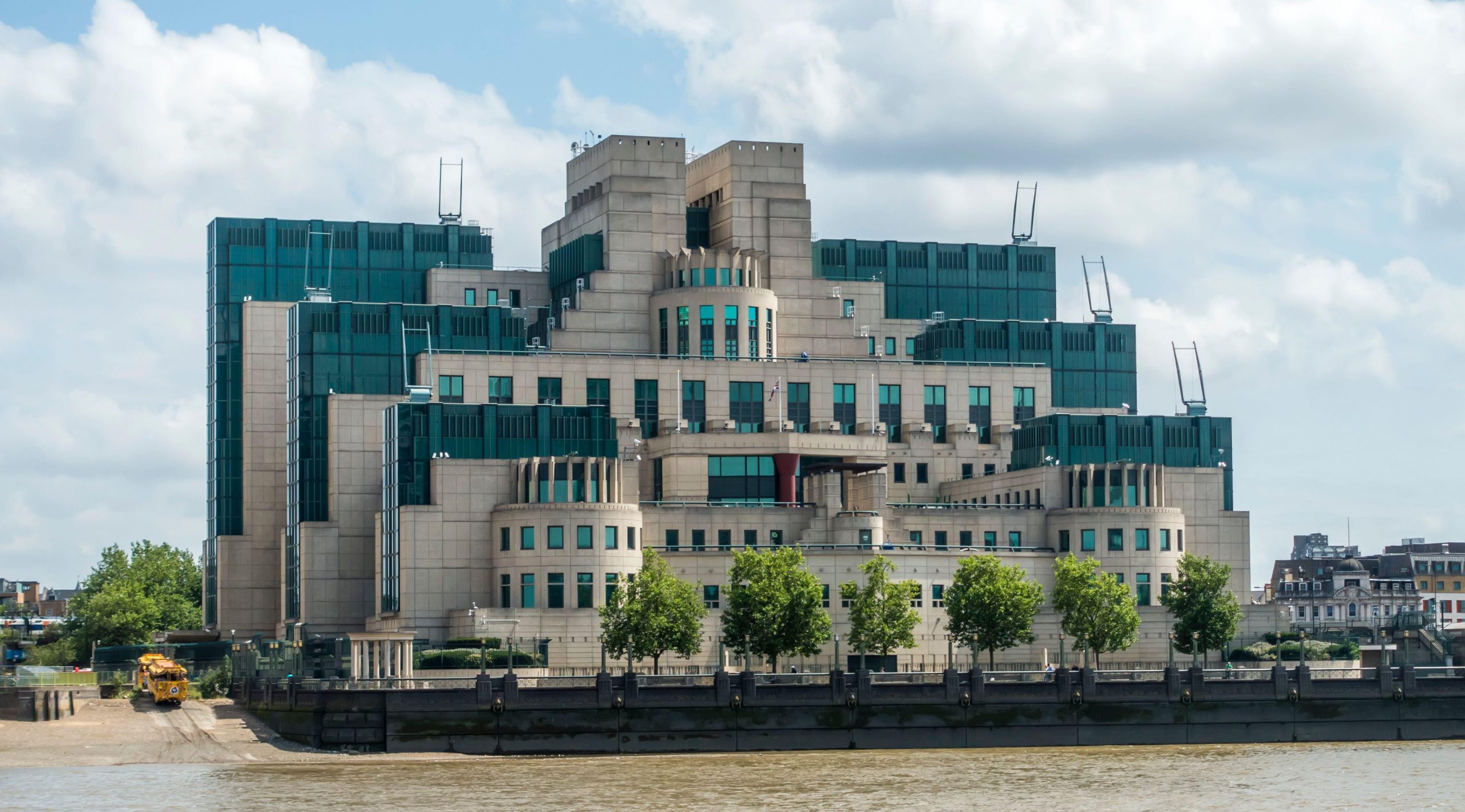
On camera, the SIS has moved addresses more frequently than Bond has changed faces. Vauxhall Cross’s SIS building — which made its first appearance in GoldenEye — fits the part best, not least because it’s home to the real secret service, but the blocky appearance that earned it the sobriquet of ‘Legoland’ is a steep fall from the Ministry of Defence (which ‘played’ itself in For Your Eyes Only, but became the MI6 Offices in No Time To Die) or the ornate glories of the Old War Office (first featured in Octopussy and a place that Fleming knew well, having worked there as a naval intelligence officer). It took 29,000 tons of Portland and York stone and 25 million bricks to give the Old War Office its stately look, but the domed turrets upon which Bond — standing on the roof of 55, Whitehall — gazes wistfully after M’s death in Skyfall had a functional purpose: they were added to disguise the building’s irregular shape.
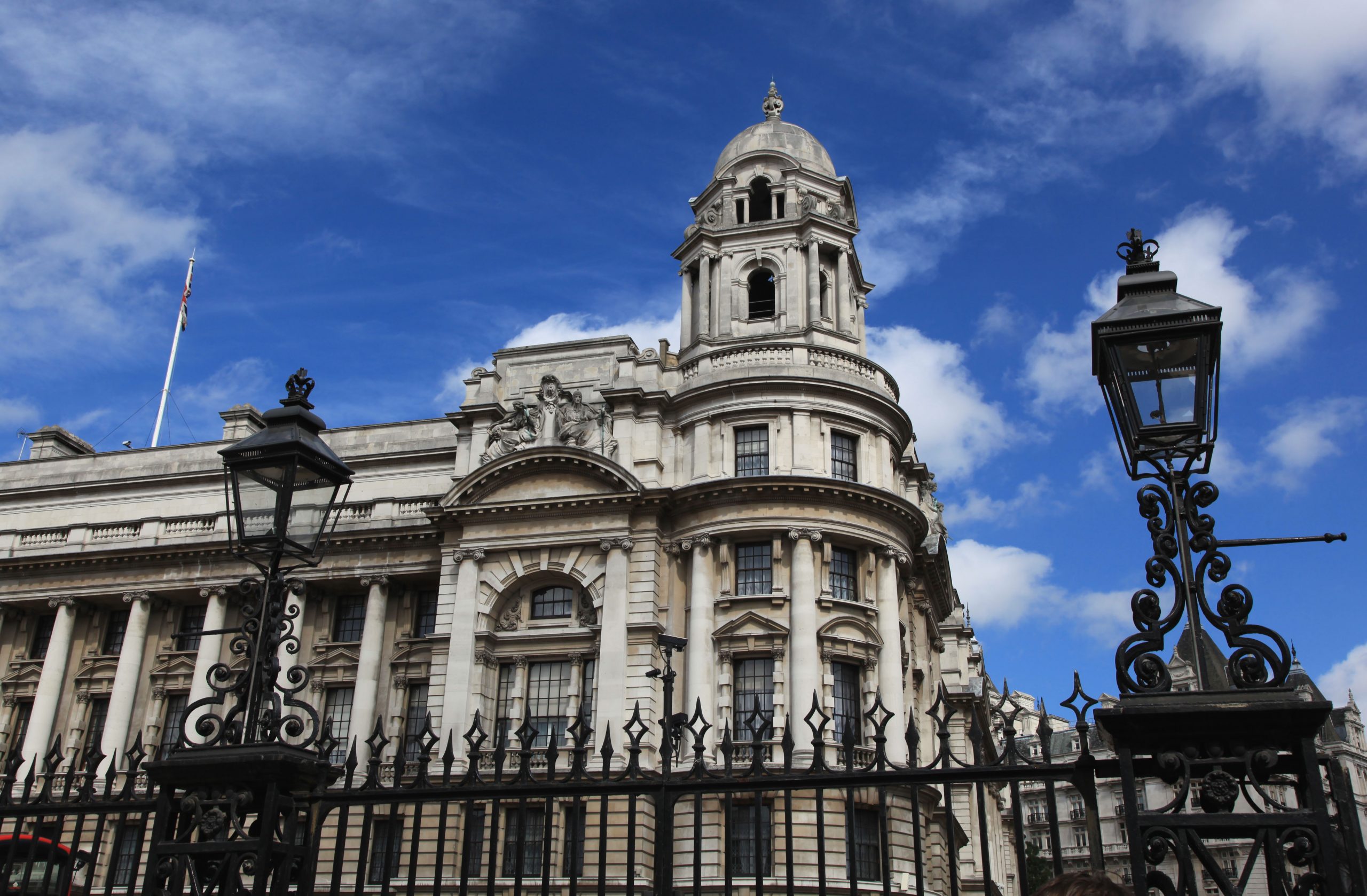
Around the corner from Whitehall’s mini-sterial grandeur, Trafalgar Square is another 007 filming hotspot. The windows of Malaysia House, festooned with images of Kuala Lumpur’s skyscrapers and Bornean rainforests, belie its location, in The Living Daylights, as MI6 front Universal Exports. Almost opposite it, the unassuming 35, Spring Gardens, was the safe house to which M, Q and Moneypenny repaired in Spectre.
Sign up for the Country Life Newsletter
Exquisite houses, the beauty of Nature, and how to get the most from your life, straight to your inbox.
Even the hallowed halls of the National Gallery have appeared in 007 films — in Skyfall, Daniel Craig meets the new Q in front of Turner’s Fighting Temeraire. However, cautions Dr Richards, diehard Bond fans that visit the gallery are likely to find the room in which Temeraire hangs much smaller than they remember. That’s because ‘they had to move that painting from one gallery to another, so they could get all the big cameras in’. As well as cementing the link between 007 and Q, the Temeraire sequence reveals that an affinity for art is not among Bond’s many qualities. Q is moved by the melancholic painting, but when he asks 007 what he sees in it, his reply is a blunt: ‘A bl**dy big ship.’
Bond shows greater appreciation for well-made attire and it’s easy to imagine him striding down Pall Mall towards Jermyn Street and Turnbull & Asser (which has made shirts for the films since Dr No), Sunspel (for Daniel Craig’s polo shirts) or Crockett & Jones (for his shoes). Along the way, he would likely make a pit stop at the Reform Club, which doubled up as M’s beloved Blades Club in Die Another Day, with Bond fencing against villain Gustav Graves among the extravagant interiors that contrast with the building’s understated façade (the very same interior becomes the Foreign Office in Quantum of Solace).
However, the real inspiration for Blades partly came from Boodle’s, in St James’s Street, of which Fleming was a member. In Moonraker, Bond dines there with M — lamb cutlets so tender you could cut them with a fork and Dom Pérignon ’46 liberally seasoned with Benzedrine — ahead of playing cards with Hugo Drax. Of course, he doesn’t miss the opportunity to have a dry Martini at the club — ‘made with vodka. Large slice of lemon peel’. Quite particular about his Martinis, Bond invents the Vesper in Casino Royale, telling the barman: ‘Just a moment. Three measures of Gordon’s, one of vodka, half a measure of Kina Lillet. Shake it very well until it’s ice cold, then add a large thin slice of lemon peel. Got it?’
The credit for first mixing the drink for Fleming has often gone to another bartender, Gilberto Preti of Dukes Bar, although he only took over at Dukes in the late 1980s, well after Fleming’s death. Mr Preti did, however, revive the Vesper after the discontinuation of Kina Lillet threatened to put an end to it and, today, the bar lists a staggering number of Bond-inspired Martinis on its menu (made tableside on a drinks trolley).
Although legend has it that Fleming penned some of his stories at Dukes, he wrote most of his books either at his Jamaican villa or when living at 16, Victoria Square, his London home from 1953. He must have walked past nearby Buckingham Palace 1,000 times, but even he couldn’t have imagined that The Queen herself would one day appear in a James Bond sequence. It wasn’t a film, of course, but a sketch promoting the London Olympics, in which Daniel Craig accompanies The Queen on a helicopter journey from Buckingham Palace to Stratford, parachuting with her onto the Olympic Stadium.
Mr Craig has revealed in interviews that he was incredulous the scene would ever happen, but, according to royal dresser Angela Kelly’s The Other Side of the Coin: The Queen, the Dresser and the Wardrobe, Her Majesty was ‘very amused by the idea’ and even chose to have a speaking part — although she left the parachuting to a body double.
Yet despite the impact that Bond has had on popular culture, Fleming’s house in Victoria Square bears no trace of a blue plaque — it was apparently refused by subsequent owners. Instead, the honour goes to his former bachelor pad at 22B, Ebury Street, where he lived in the late 1930s, entertaining his girlfriends and carousing with the men that belonged to his Cercle Gastronomique. Although no 007 story was ever written there, it is very much the spiritual home of James Bond.
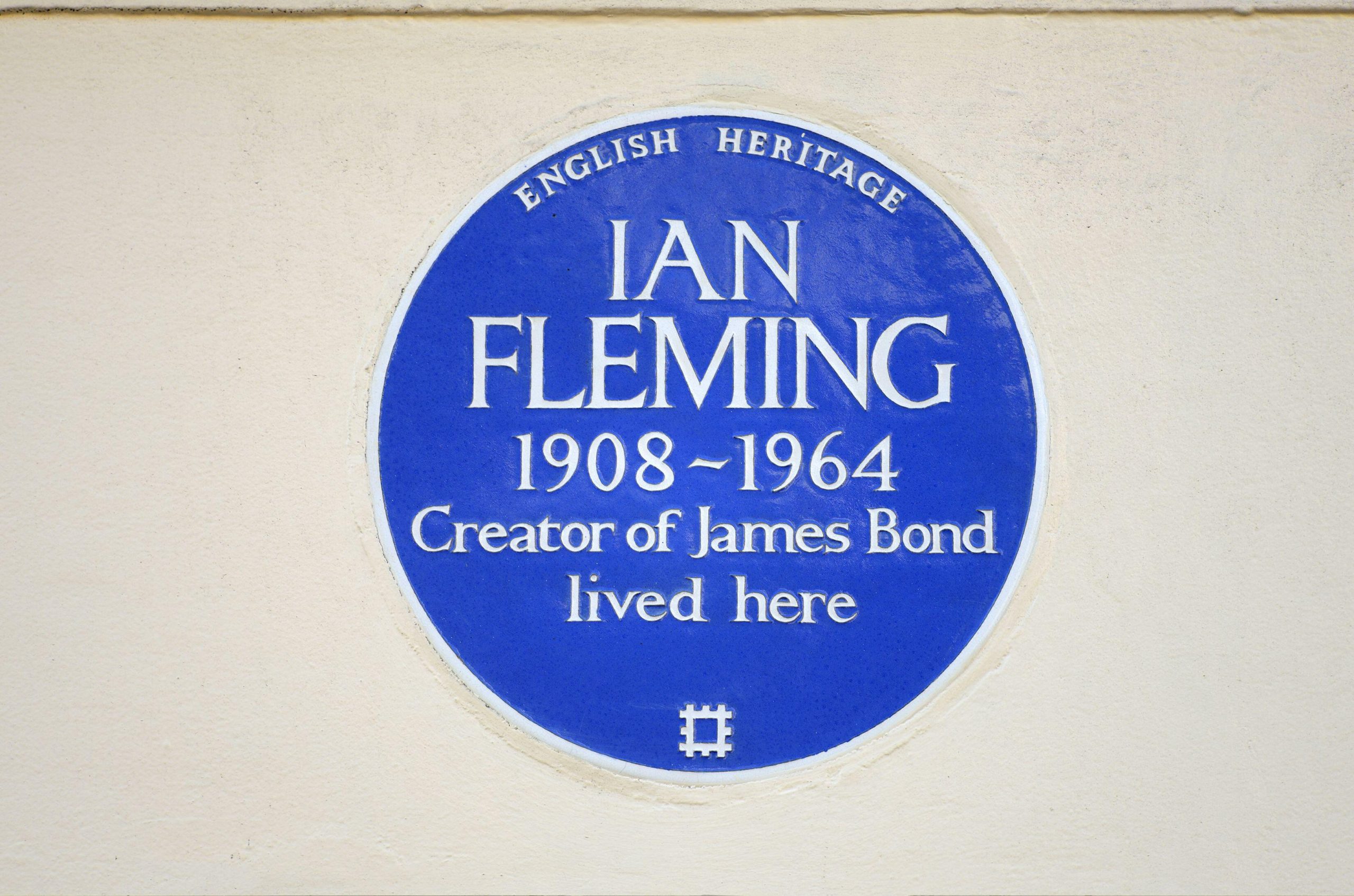
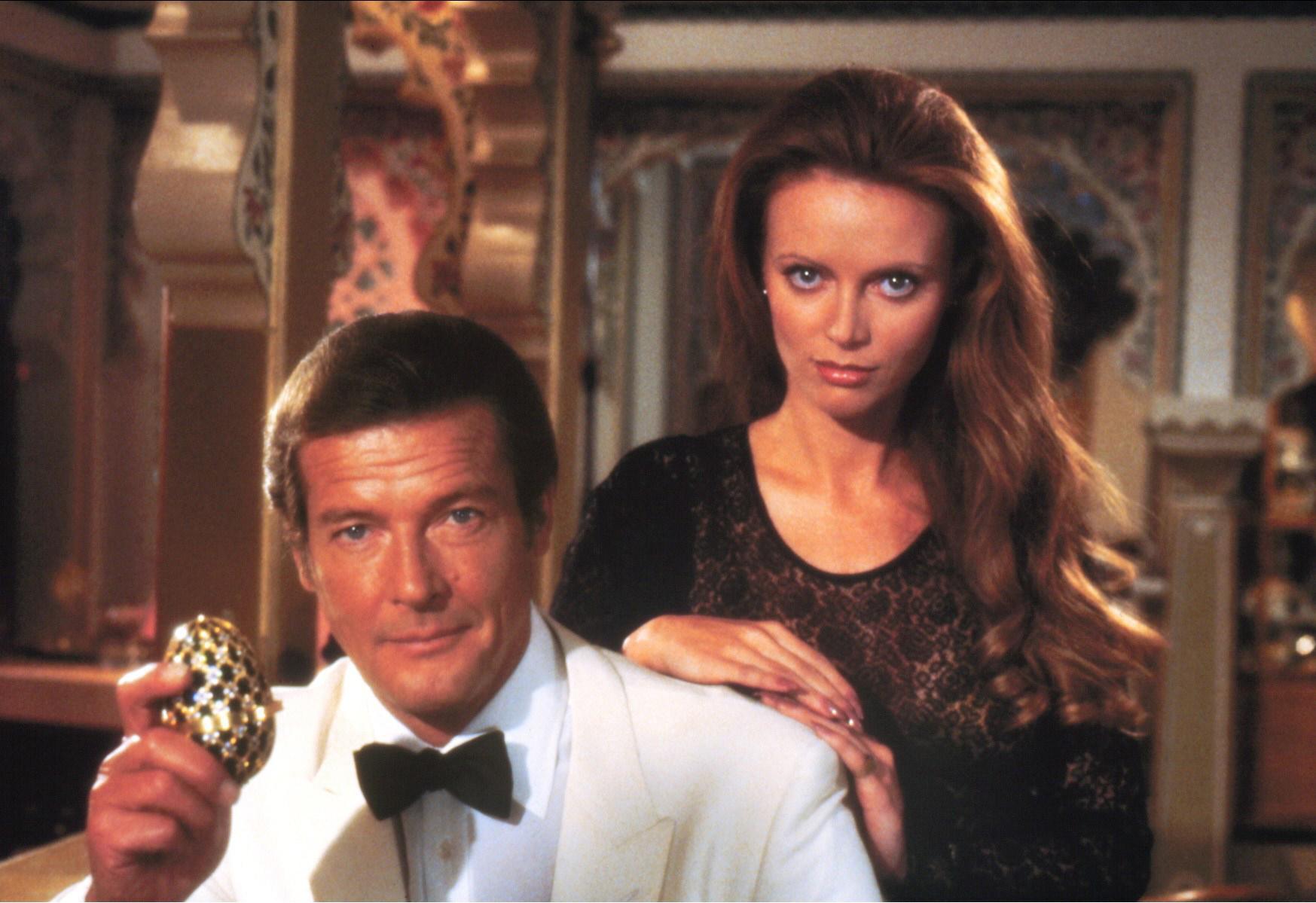
The hotels that found fame on the silver screen — with a little help from James Bond, Marilyn Monroe and more
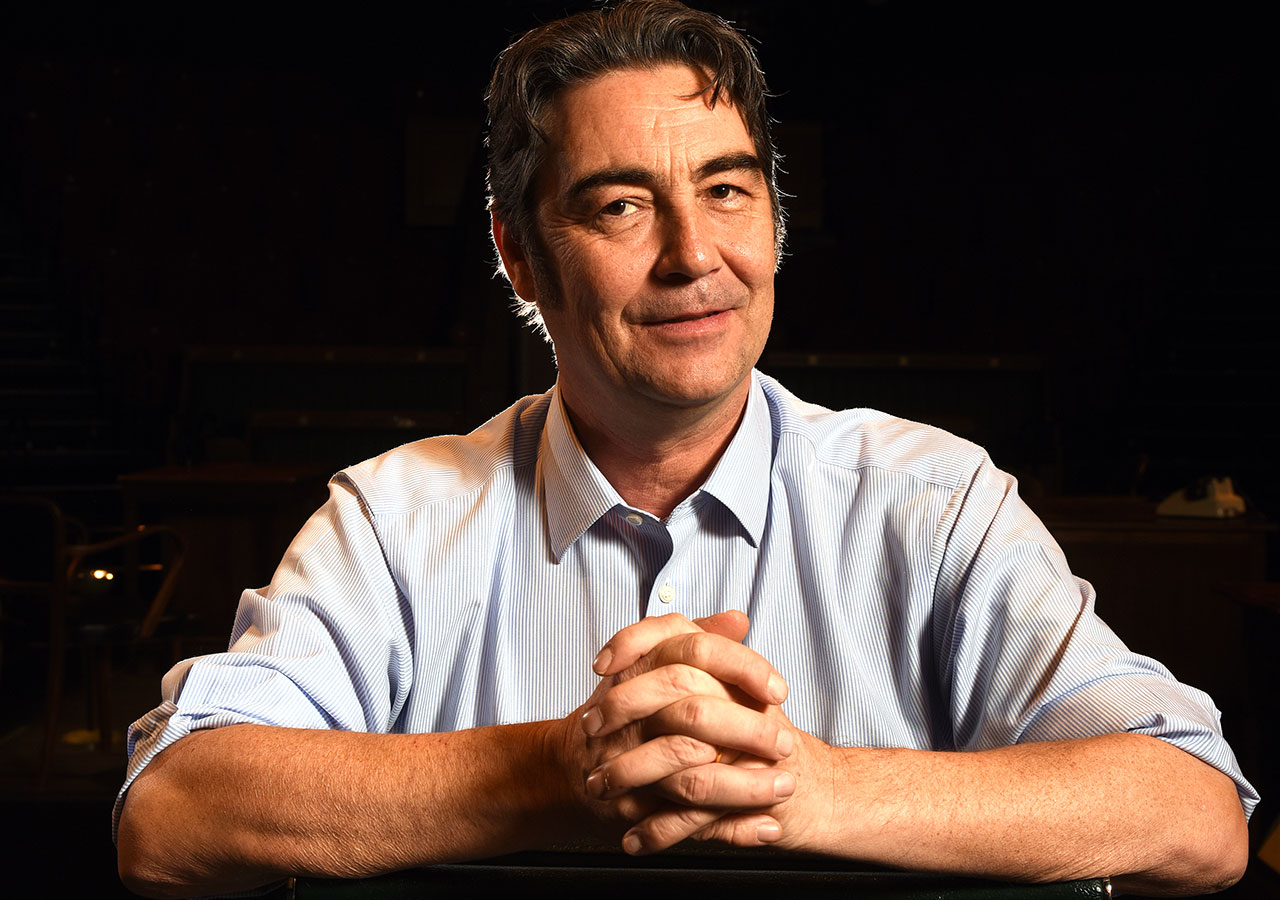
Credit: John Millar / Country Life
'I was 8–1 to be the next Bond just before Daniel Craig got it': Nathaniel Parker on life, acting, and his big near-miss
Nathaniel Parker catches up with Jack Watkins about David Cameron's epic gaffe, and the time he nearly became James Bond.
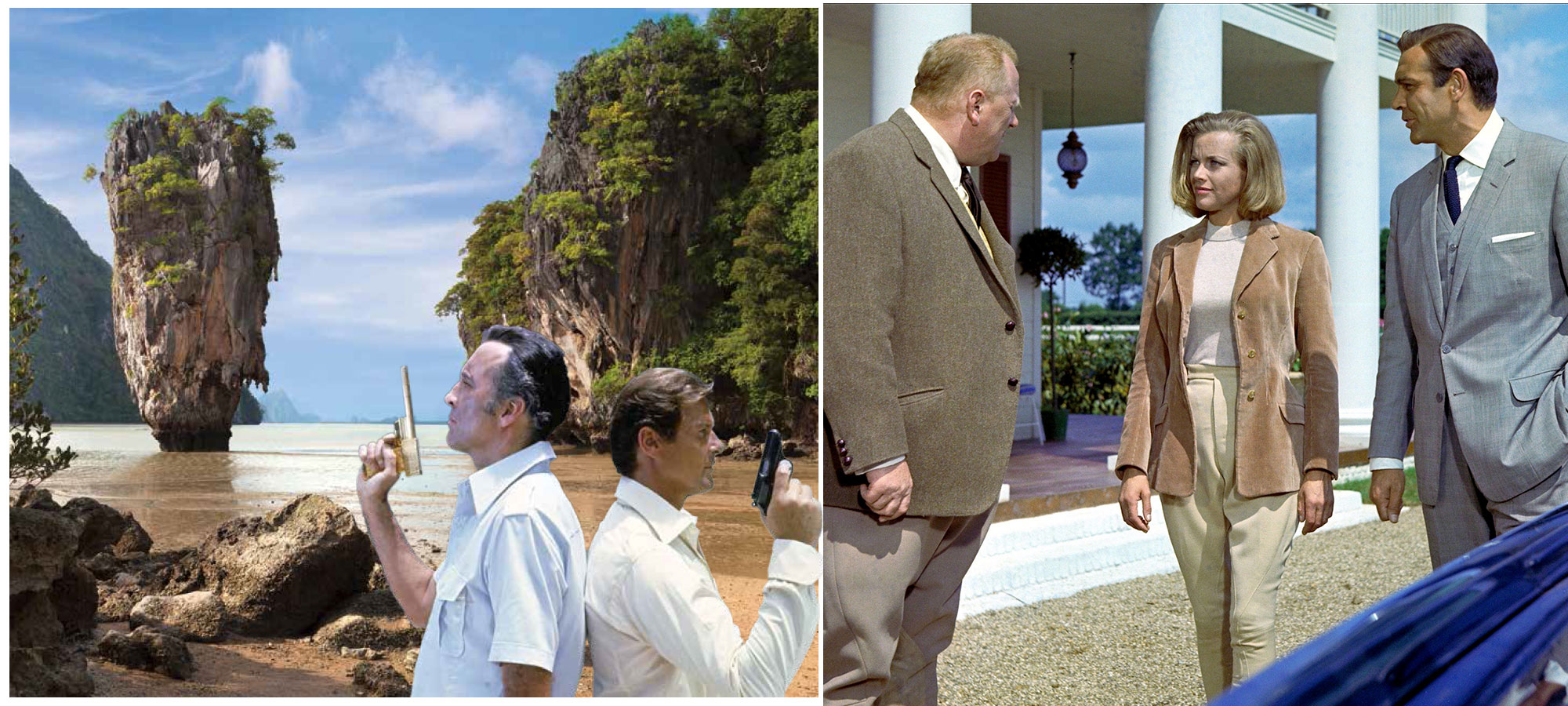
No Mr Bond, I expect you to buy: The most expensive Bond villains' lairs
Carla must be the only Italian that finds the English weather more congenial than her native country’s sunshine. An antique herself, she became Country Life’s Arts & Antiques editor in 2023 having previously covered, as a freelance journalist, heritage, conservation, history and property stories, for which she won a couple of awards. Her musical taste has never evolved past Puccini and she spends most of her time immersed in any century before the 20th.
-
 Two quick and easy seasonal asparagus recipes to try this Easter Weekend
Two quick and easy seasonal asparagus recipes to try this Easter WeekendAsparagus has royal roots — it was once a favourite of Madame de Pompadour.
By Melanie Johnson
-
 Sip tea and laugh at your neighbours in this seaside Norfolk home with a watchtower
Sip tea and laugh at your neighbours in this seaside Norfolk home with a watchtowerOn Cliff Hill in Gorleston, one home is taller than all the others. It could be yours.
By James Fisher
-
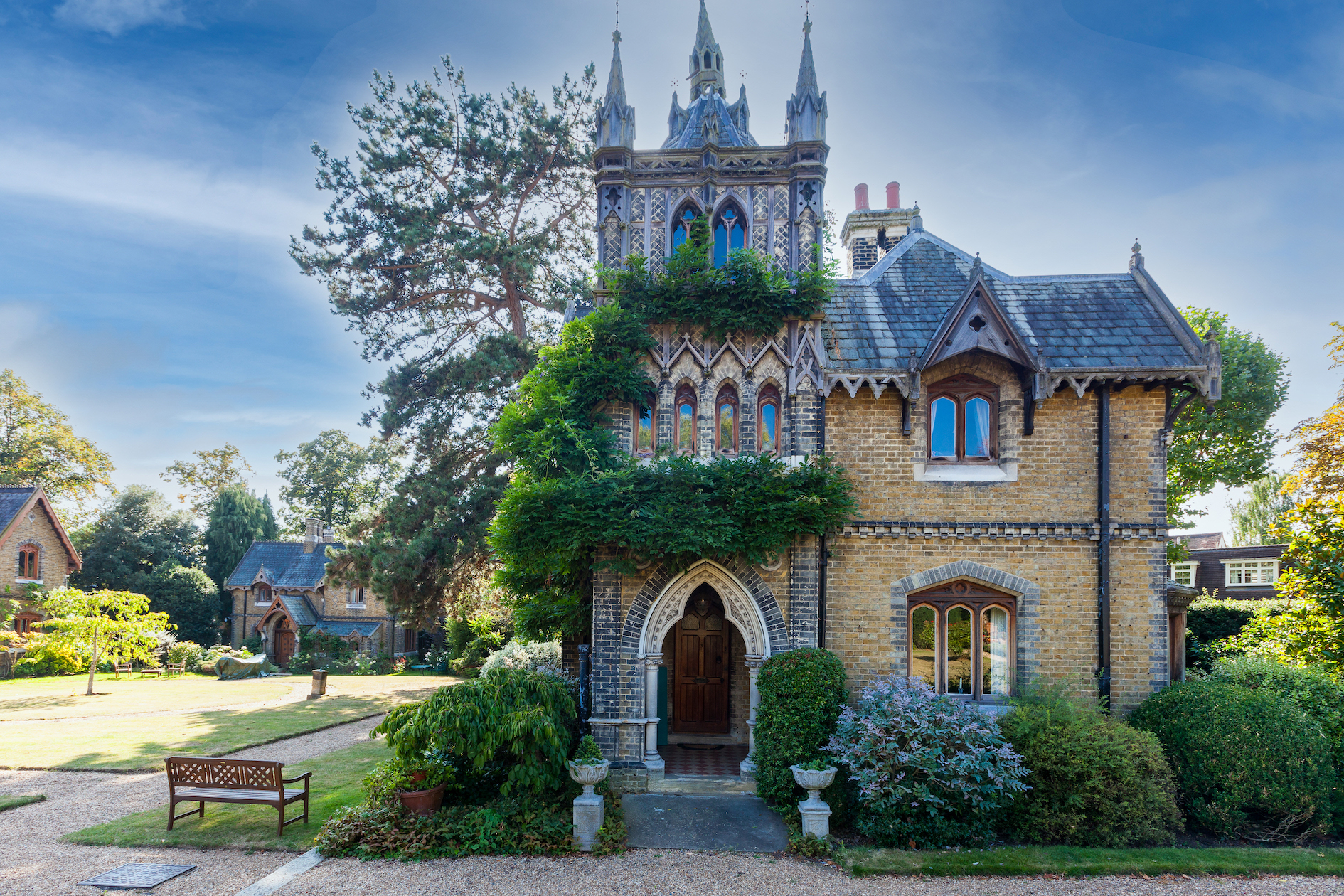 Dawn Chorus: The mini-Hogwarts for sale in north London, a song for the King and our Quiz of the Day
Dawn Chorus: The mini-Hogwarts for sale in north London, a song for the King and our Quiz of the DayA house in the spookily Gothic Holly Village, a birthday song for His Majesty and good news for fans of keeping warm on remote Scottish islands.
By Toby Keel
-
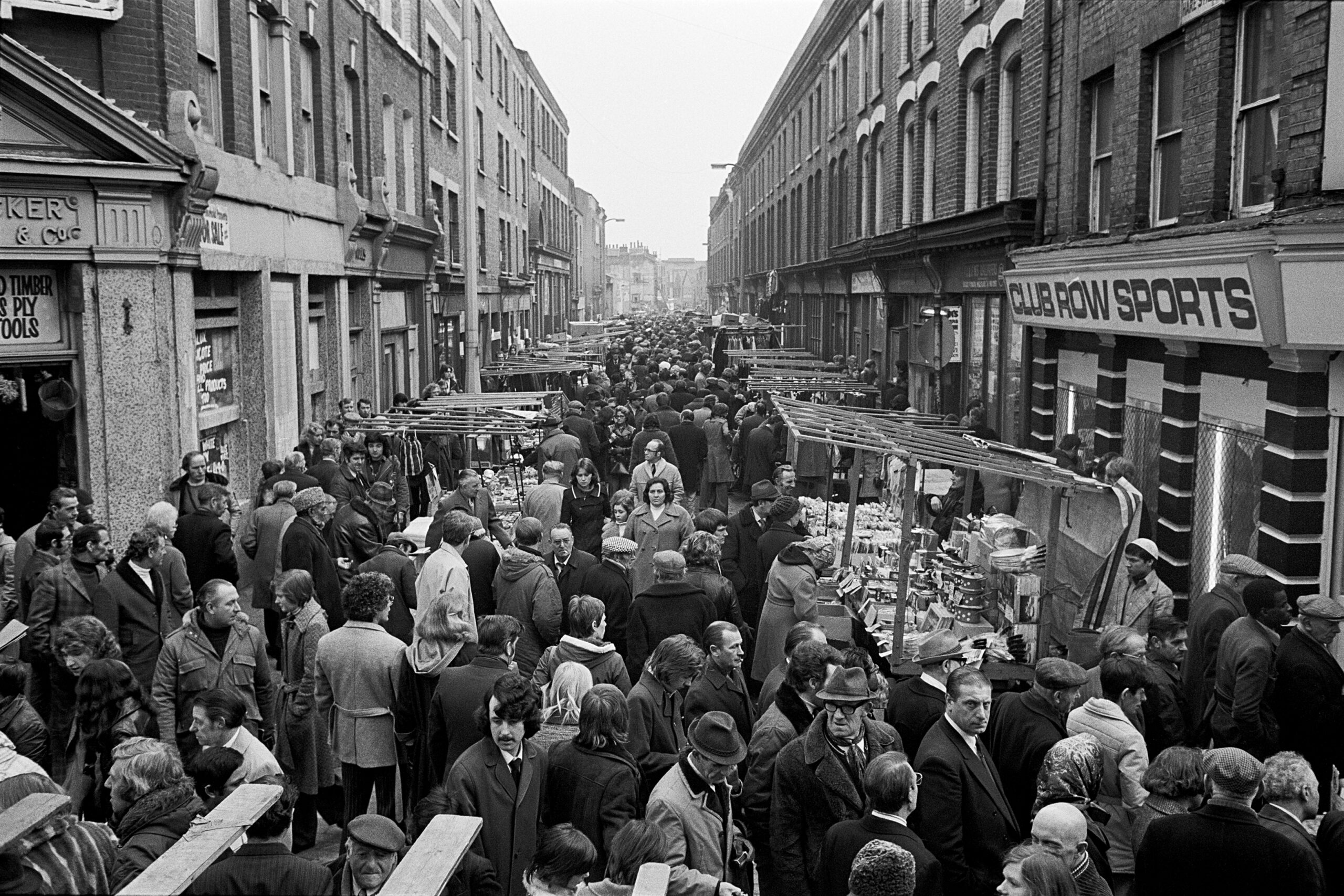 London as you've never seen it — and as you'll never see it again
London as you've never seen it — and as you'll never see it againThe East End of London has changed rapidly in recent years, but photographer Paul Trevor chronicled it from the 1970s to the 1990s. His images have been collected in a new book, Market Day.
By Annunciata Elwes
-
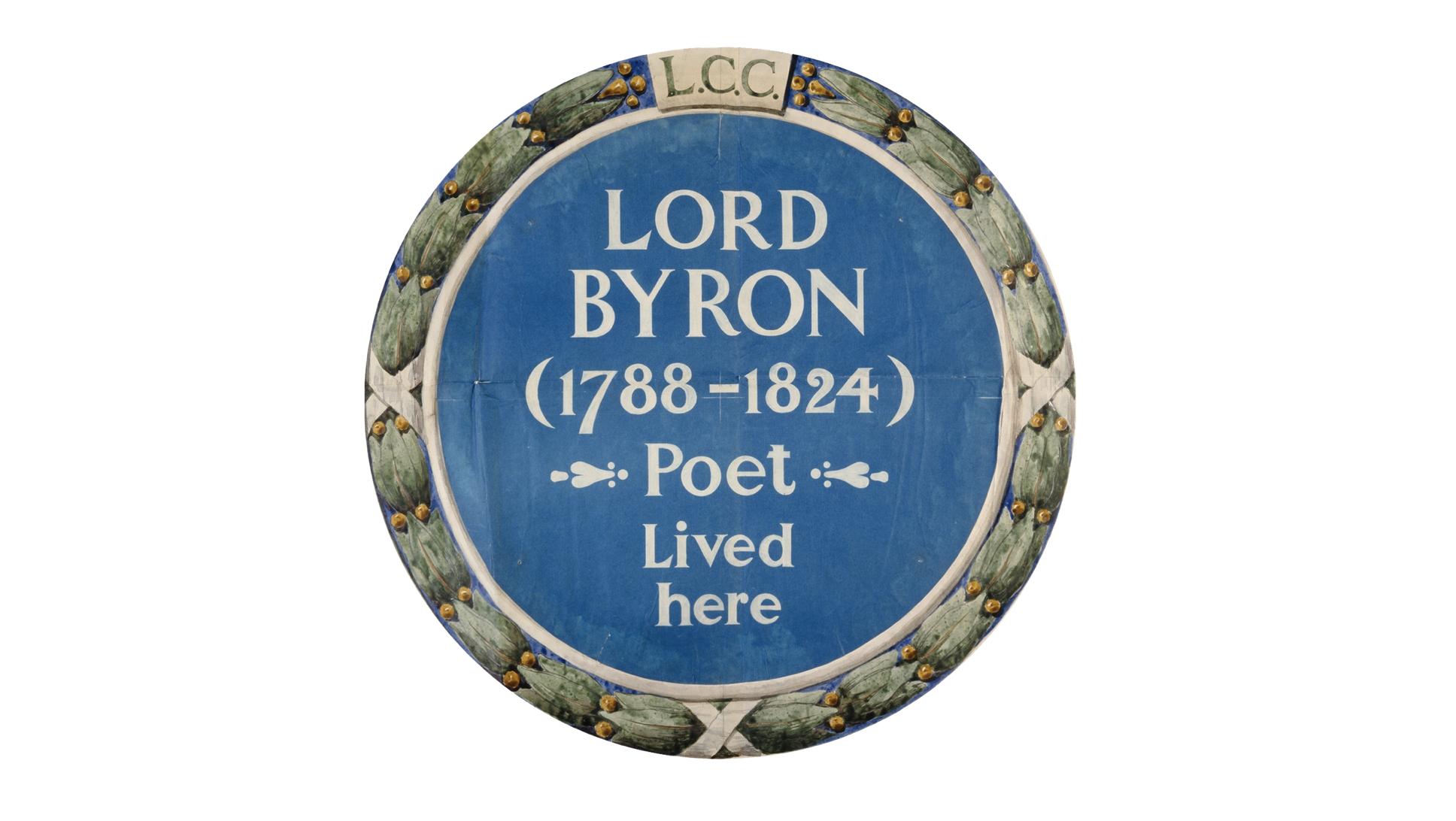 The great Blue Plaque mystery in London
The great Blue Plaque mystery in LondonDozens of blue plaques have gone missing down the years, and English Heritage is determined to try and find them.
By Annunciata Elwes
-
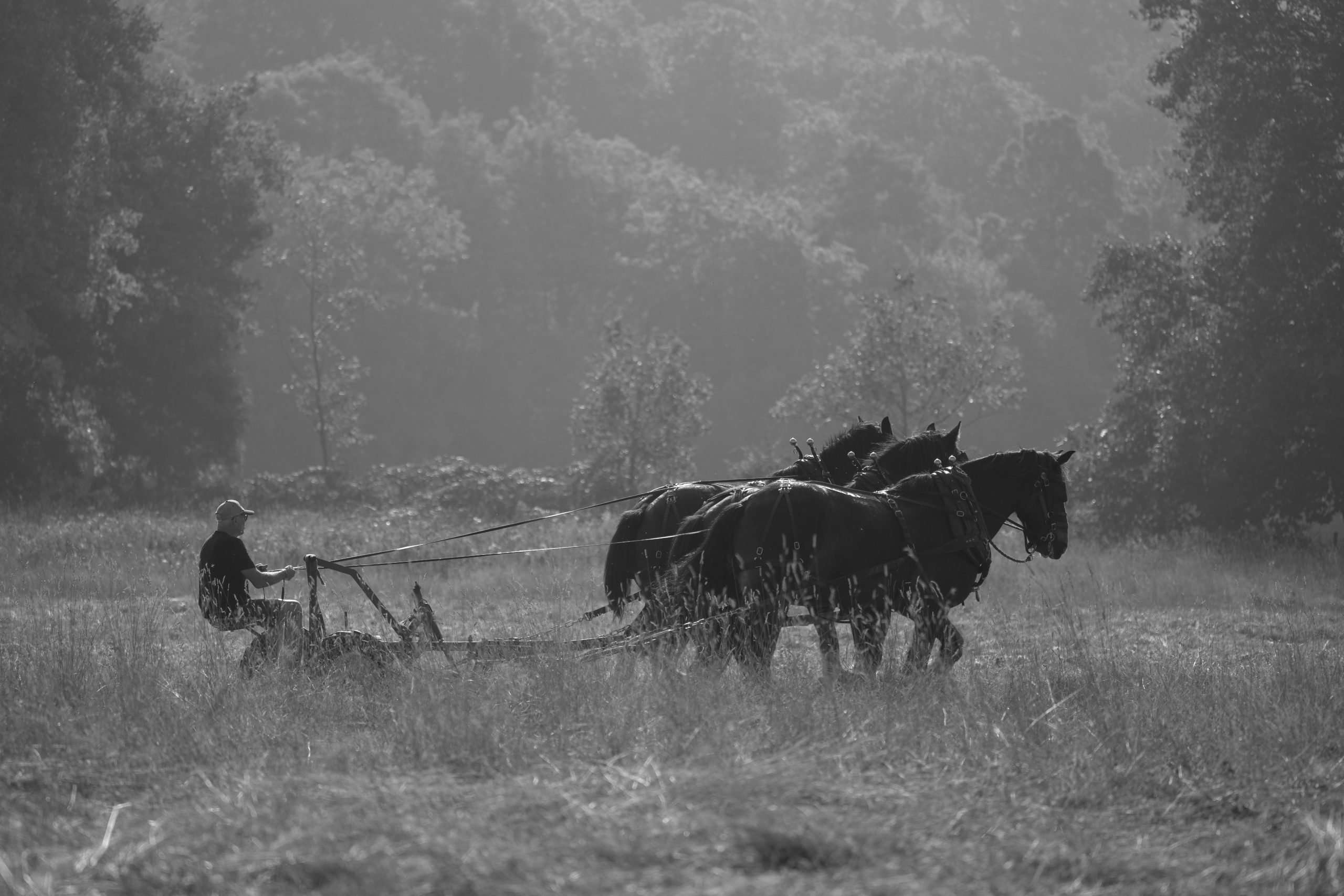 The shire horses still ploughing the fields of London deep into the 21st century
The shire horses still ploughing the fields of London deep into the 21st centuryPhotographer Natasha Durlacher's passion project shines a light on the wonderful shire horses who still have a place in modern London.
By Annunciata Elwes
-
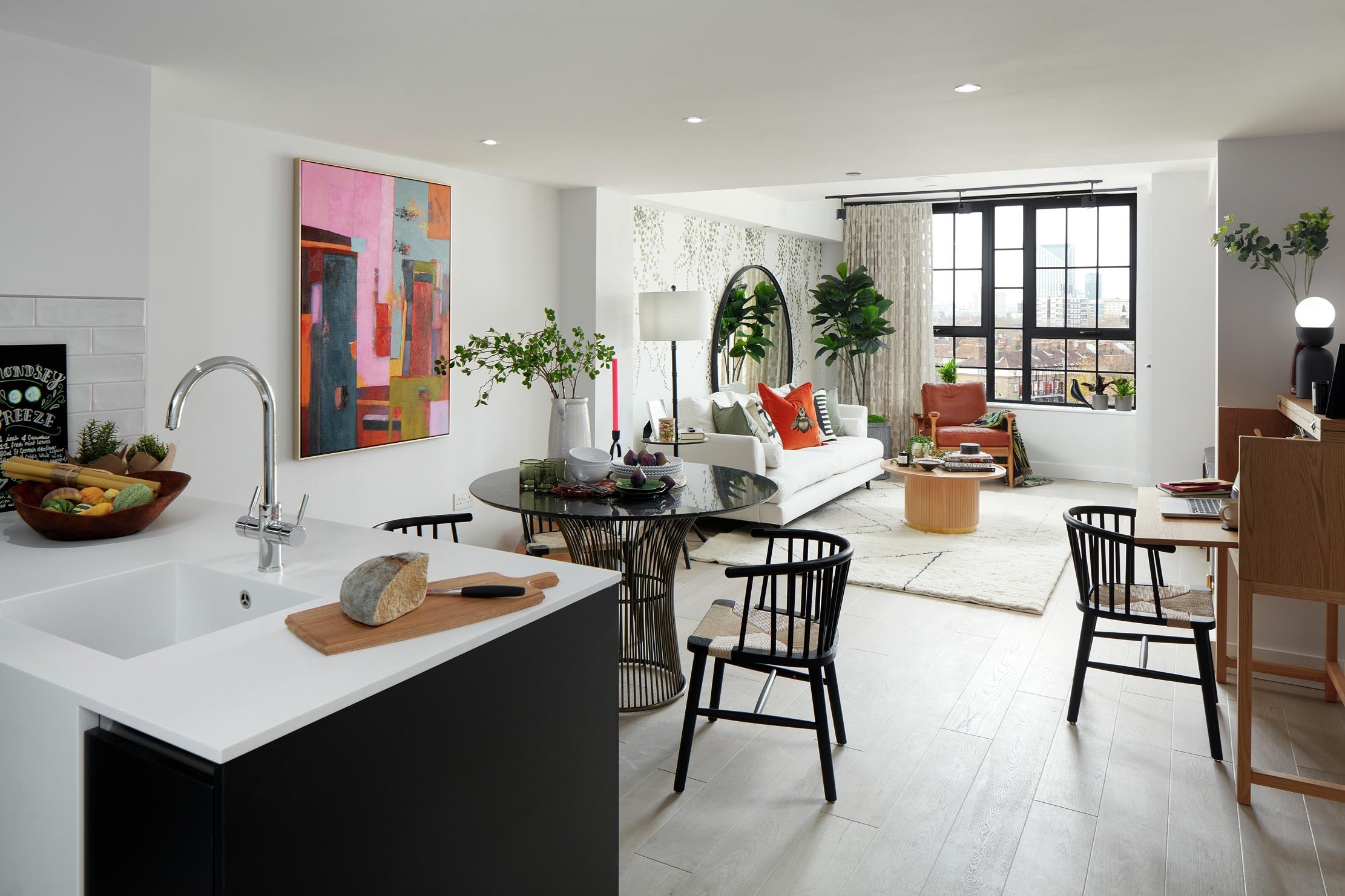 Building back Bermondsey: The new development breathing fresh life into one of London's vibrant areas
Building back Bermondsey: The new development breathing fresh life into one of London's vibrant areasThe new London Square Bermondsey development is at the heart of all the good things happening in this part of the capital. James Fisher takes a closer look.
By London Square
-
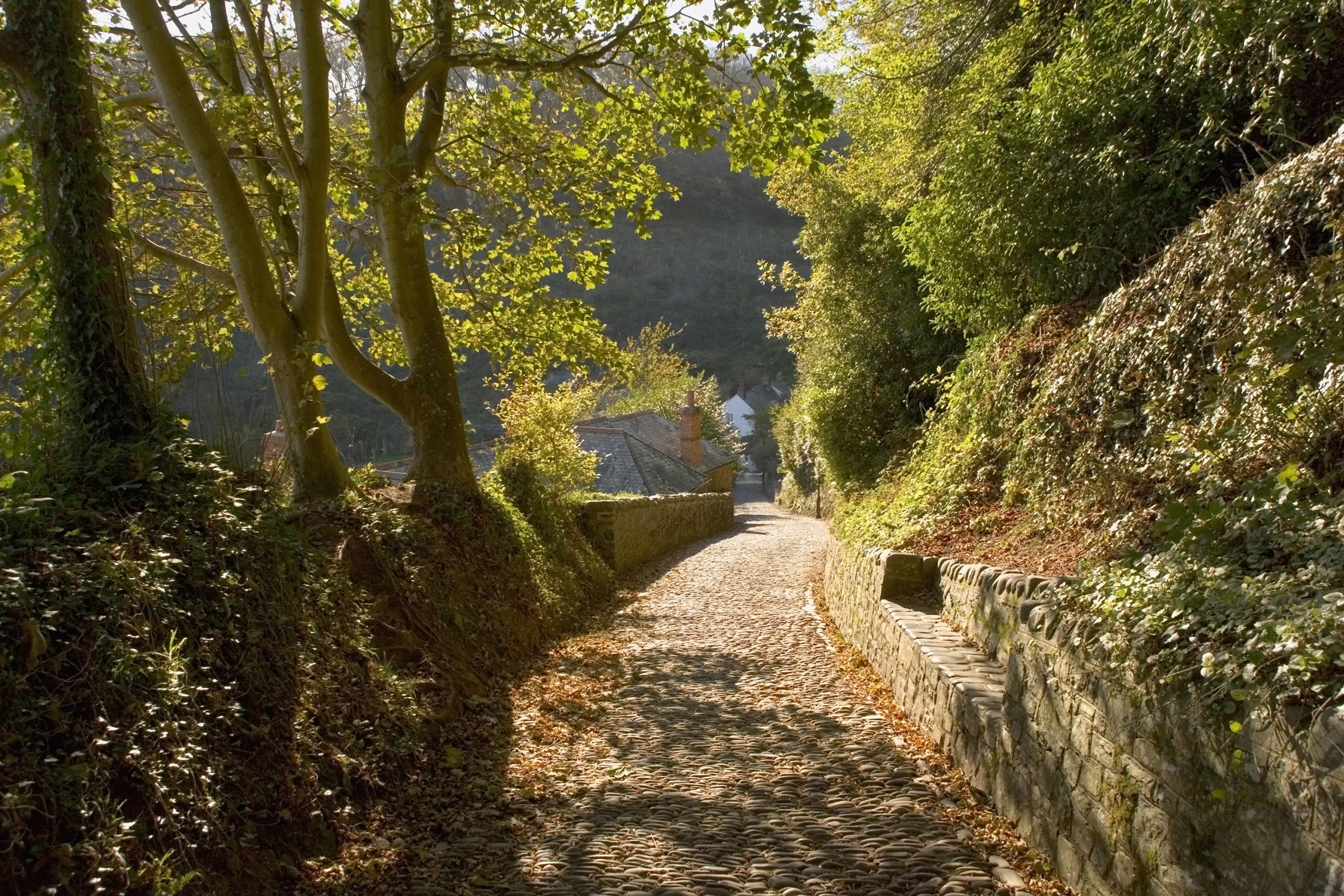 Countryside house price growth to outstrip London and the South East for years to come, say Savills, as hybrid working is here to stay
Countryside house price growth to outstrip London and the South East for years to come, say Savills, as hybrid working is here to stayHouse price growth will cool off but continue its upwards trajectory for then next five years, according to Savills' research — but the rise will be far from uniform across the country.
By Toby Keel
-
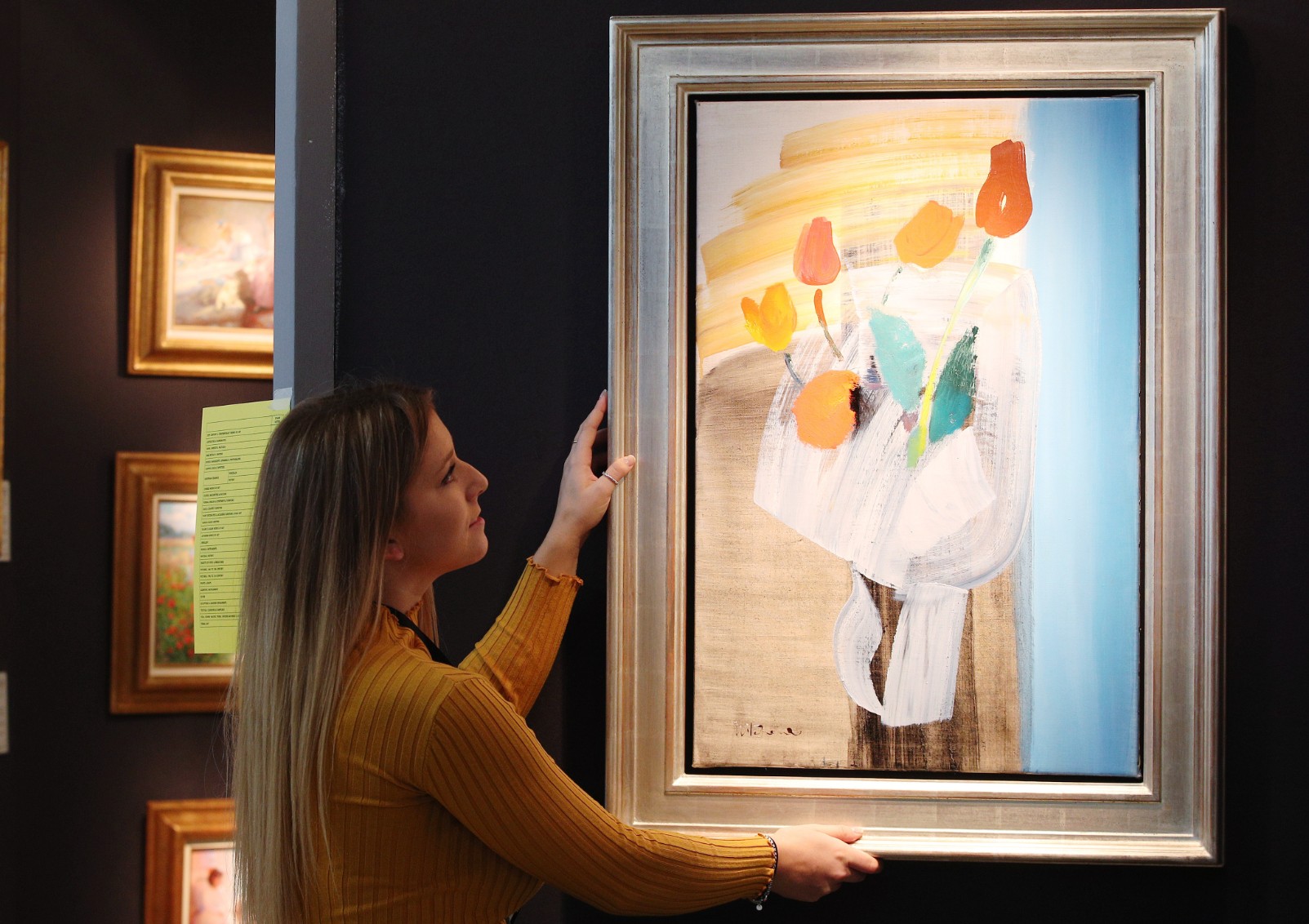 London's 2019 Winter Arts & Antiques Fair promises treasures untold
London's 2019 Winter Arts & Antiques Fair promises treasures untoldFeaturing more than 20,000 pieces by some of London's top dealers, including works by masters such as Lalique, Matisse, Meissen, Cartier and Boucheron, the Winter Art & Antiques Fair is a key event in November calendar.
By Carla Passino
-
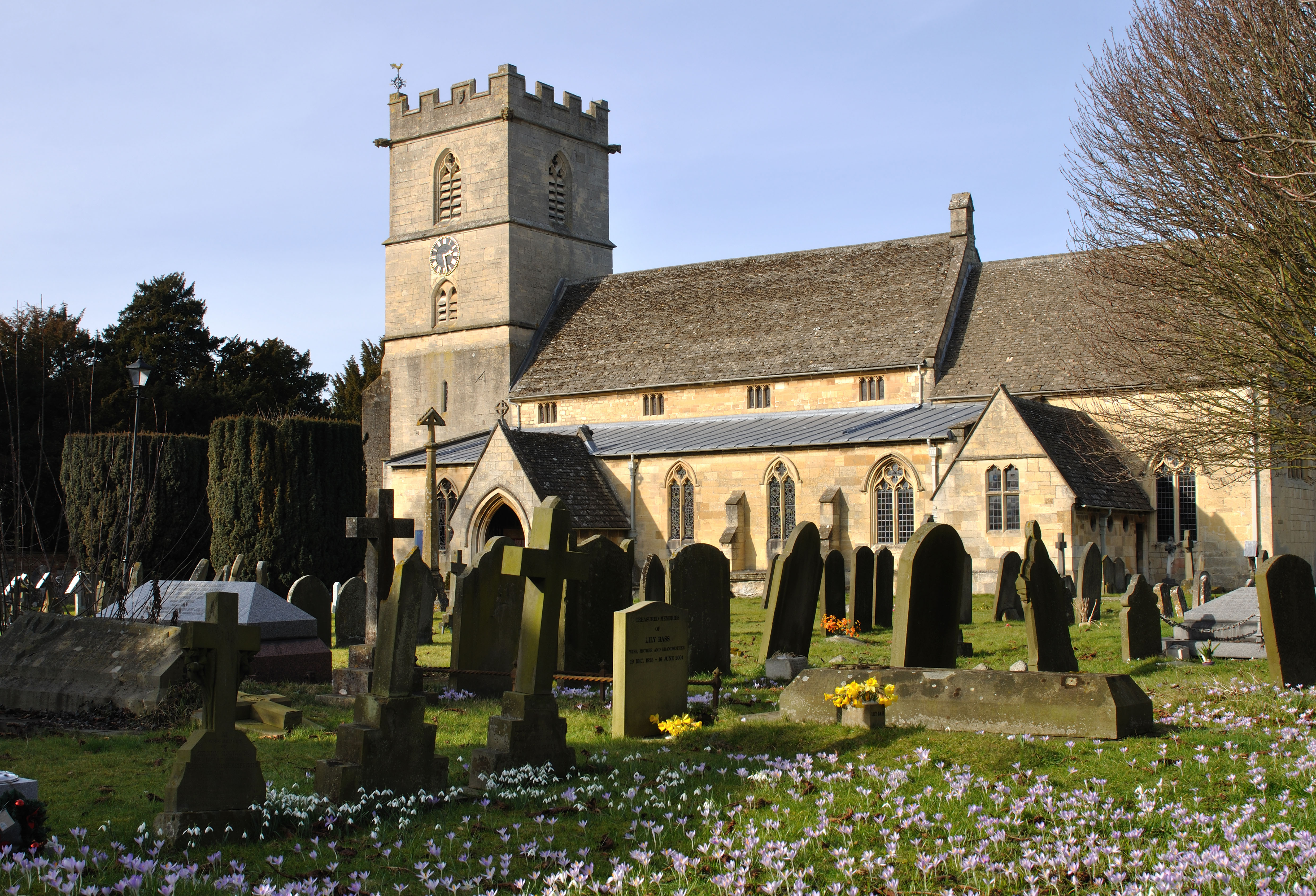 Country Life Today: The Ritz hotel set to go up for sale - with a 10-figure price tag
Country Life Today: The Ritz hotel set to go up for sale - with a 10-figure price tagIn today's round up we bring you news of the sale of one of London's great landmarks, a fall out between a ghost tour operator and a vicar, a collaboration between Prince Harry and Ed Sheeran and a crofter's 540-mile trip for a lovable lamb.
By Rachael Turner

